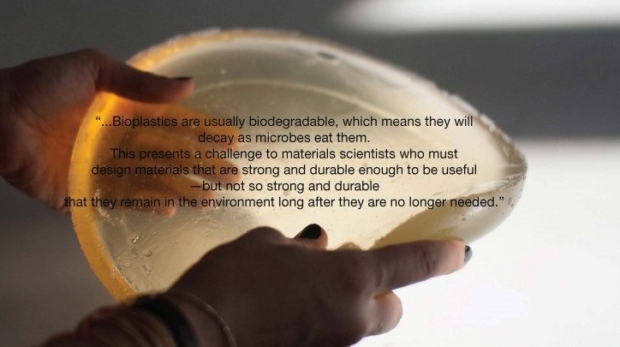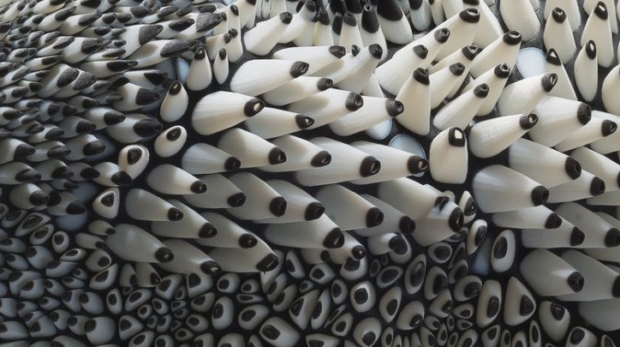Bioplastic From Orange Peels and Coffee Developed by IAAC to Be 3D Printable 3D Printing Processes
In order to fully take advantage of working with a biodegradable material, and the ethos of reducing, reusing and recycling, a team from Barcelona’s IAAC investigated how to incorporate food-waste, including orange peels, shrimp peels and used ground coffee into, bio-plastic. Food-waste is generally perceived as unwanted matter, unless used for compost. The team, made up of senior faculty member Areti Markopolou, fabrication expert Alexandre Dubor, computational expert Anfgelos Chronis, and students Christopher Wong, Lili Tayefi and Noor Elgewely (with external support from bioplastic expert Atanassia Atanassiou) has the aim was to incorporate local food waste from urban environment, and local context, in order to divert this matter from ending up in landfill. Some of the local produce initially considered were orange peel and shrimp peel, since Spain is known for its oranges, and Barcelona for its seafood. In addition to merely up-cycling food-waste, the organic matter would actually provide added beneficial properties to the bio-plastic.


